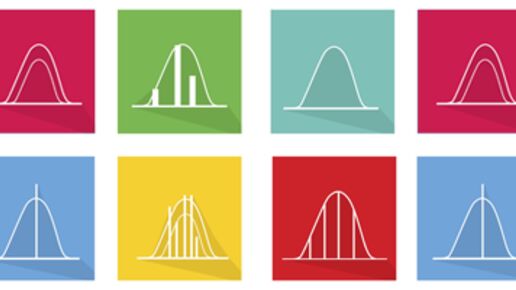New uncertainty approach to make advice ‘more transparent and robust’

EFSA has developed a harmonised approach to assessing and taking account of uncertainties in food safety, and animal and plant health. This approach will boost the transparency of the resulting scientific advice and make it more robust for decision-making.
The EFSA Scientific Committee guidance on uncertainty in scientific assessments offers a diverse toolbox of scientific methods and technical tools for uncertainty analysis. It is sufficiently flexible to be implemented in such diverse areas as plant pests, microbiological hazards and chemical substances.
Learning from others, learning by doing
Prof Tony Hardy, Chair of the Scientific Committee said: “Since 2016, we have tested, refined and tailored our new approach to uncertainty analysis, benefiting from open consultations with EFSA’s partners and the wider public. Crucially, we learnt a great deal about how to apply the new approach by trialling it across all EFSA’s scientific areas of activity.
“We have concluded that EFSA will benefit from applying and adapting the approach across the wide variety of scientific areas and types of assessments it carries out.
“We focused on making the guidance concise, practical and easily adaptable to the different types of EFSA’s assessments.”
The approach is described in two separate documents: a short user-friendly guidance with practical instructions and tips, and a supporting scientific opinion with all the detailed scientific reasoning and methods.
Implementing the approach
The long-term goal is that the new guidance on uncertainty will be an integral step in all EFSA’s scientific assessments.
Prof Hans Verhagen is head of EFSA’s department for risk assessment. He said: “The trial showed that in areas like plant health, an explicit uncertainty analysis is already being used, with positive feedback from risk managers who say this helps them with their decision-making. In other areas, where uncertainty analysis is not yet integrated in the assessment process, the testing phase has helped give a clearer idea how to develop tailored approaches.”
Staged roll-out
EFSA will implement the approach in two stages. In general scientific areas, the guidance will apply from autumn 2018 after the renewal of the Authority’s scientific panels.
In regulated products areas such as pesticides, food additives or food contact materials it will be phased in later on, in light of the experience gained in the ‘non-regulated’ areas.
Communicating uncertainty
In parallel, EFSA is developing practical guidance for communication specialists on how to communicate the results of uncertainty analysis to different target audiences, including the public. A public consultation will be held on a draft of the communication approach in 2018.
Nuorodos į mokslą
How to contact us
EFSA Media Relations Office
Tel. +39 0521 036 149
E-mail: press [at] efsa.europa.eu (Press[at]efsa[dot]europa[dot]eu)
(Only if you are a member of the press)
Ask a Question Service
You have a question about EFSA’s work? Contact our Ask a Question service!